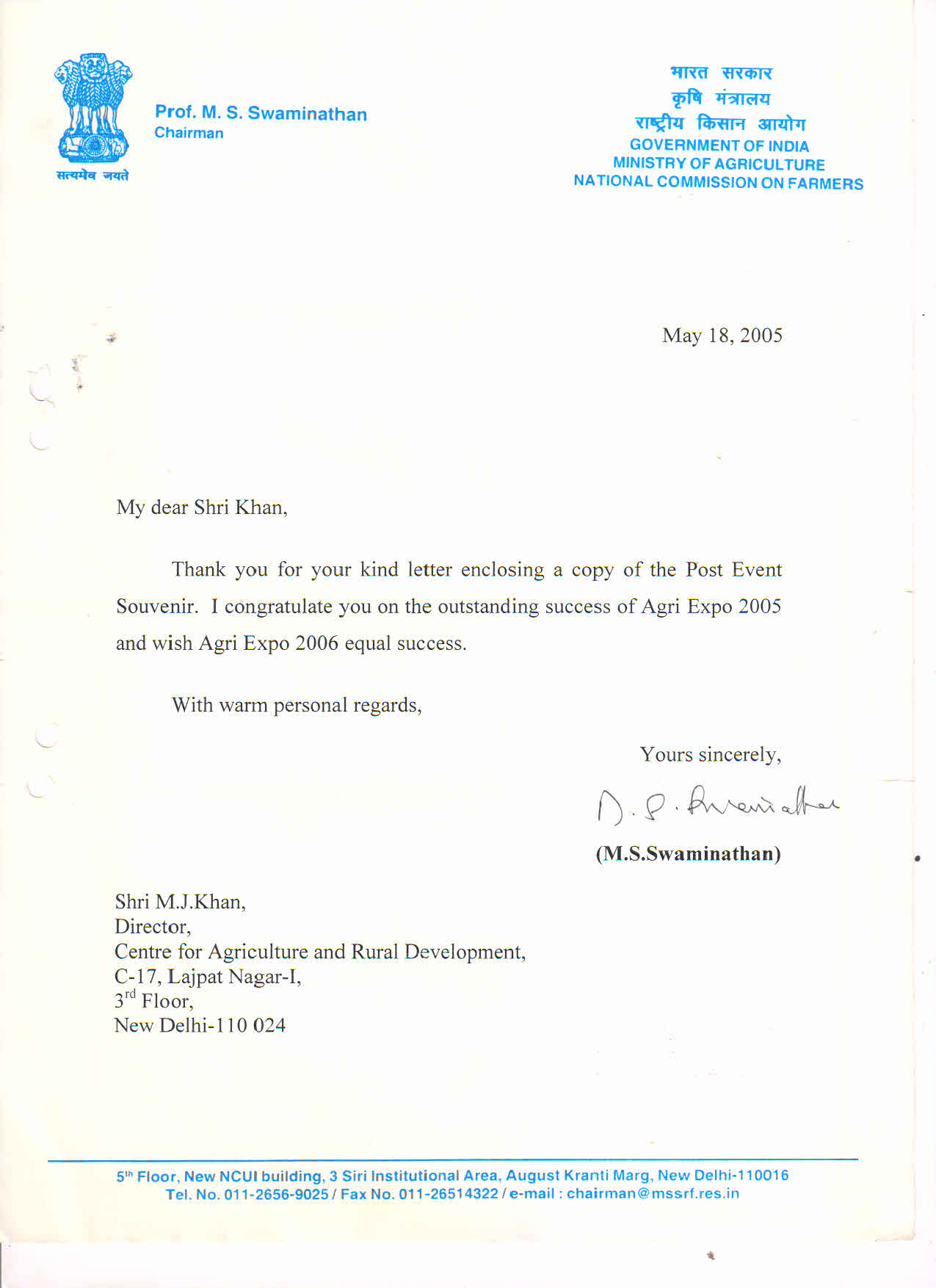
Business cards are powerful tools that can leave a lasting impression on potential clients, partners, and contacts. While they may seem small and insignificant, they can convey a wealth of information about your professional qualifications and expertise. One crucial aspect to consider when designing your business card is the inclusion of your credentials. These credentials can help establish your credibility and expertise in your field, and make a significant impact on how others perceive you. In this article, we will explore the importance of credentials on business cards and provide valuable insights on how to effectively showcase your qualifications.
The Significance of Credentials on Business Cards
When you hand out your business card, you want it to make a statement and leave a positive impression. Including your credentials on your card can instantly communicate your expertise, achievements, and qualifications to the recipient. This information can help establish trust, build credibility, and differentiate you from your competitors.
Credentials can include various elements such as academic degrees, professional certifications, licenses, and industry affiliations. They serve as a shorthand way of showcasing your qualifications and expertise in a particular field. By including credentials on your business card, you are essentially providing proof of your knowledge and skillset.
What Types of Credentials to Include

When deciding which credentials to include on your business card, it’s crucial to consider your industry, target audience, and professional goals. Here are some common types of credentials that professionals may choose to showcase:
1. Academic Degrees
If you hold advanced degrees such as a Ph.D., M.B.A., or J.D., including the relevant abbreviations after your name can highlight your educational achievements. However, it is important to strike a balance between showcasing your educational qualifications and overwhelming your audience with an excessive number of abbreviations. Only include the most relevant and prestigious degrees to avoid cluttering your business card.
2. Professional Certifications
Professional certifications demonstrate your commitment to continuous learning and staying up-to-date with industry standards. Examples of widely recognized certifications include PMP (Project Management Professional), CPA (Certified Public Accountant), and CFA (Chartered Financial Analyst). Including these certifications on your business card can convey your expertise in a specific field and give you a competitive edge.
3. Licenses
In certain professions, licenses are required to practice legally. These licenses can have a significant impact on your reputation and credibility. For example, lawyers may include their state bar association affiliation, while doctors often display their medical licenses. Including relevant licenses on your business card can reassure potential clients or partners that you meet the necessary legal requirements.
4. Industry Affiliations
Membership in professional associations or industry organizations can demonstrate your commitment to your field and provide networking opportunities. Including the logos or abbreviations of these affiliations on your business card can signal your active involvement in your industry and highlight your dedication to professional development.
How to Showcase Credentials on your Business Card
Now that you understand the importance of including credentials on your business card let’s explore some effective methods for showcasing them:
1. Strategic Placement
Consider placing your credentials strategically on your business card. Although there is no hard and fast rule, many professionals choose to display their credentials after their name, separated by commas. This placement ensures that your qualifications are noticed without overwhelming the overall design of your card.
2. Visual Hierarchy
Ensure that the design of your card creates a strong visual hierarchy that emphasizes your credentials. Use font styling and size variations to make your qualifications stand out. However, be cautious not to sacrifice readability or create a cluttered design. The overall aesthetic of your card should be professional, clean, and uncluttered.
3. Selective Inclusion
Choose only the most relevant and impressive credentials to include on your card. Selecting too many credentials can create confusion and diminish their impact. Prioritize those qualifications that align directly with your professional goals and target audience.
4. QR Codes and Links
For professionals with extensive credentials or achievements, utilizing QR codes or links on your business card can provide an efficient way for recipients to access additional information. Code or a link can lead to a personalized webpage or an online portfolio highlighting your achievements, awards, and publications.
Conclusion

When designing your business card, never underestimate the power of credentials. Including your qualifications on your card can elevate your professional image, establish credibility, and set you apart from others in your field. Your business card should serve as a visual representation of your expertise and achievements. By thoughtfully selecting and strategically placing your credentials, you can leave a lasting impression on those with whom you share your card.
Remember, a well-designed business card with strategically included credentials can act as a powerful promotional tool, helping you secure new clients, establish vital connections, and propel your career to new heights. So, take the time to carefully consider how you present your credentials on your business card, and watch it become a reflection of your professional excellence.
Sophia is a branding expert who intertwines style and substance in her writing. Her marketing background and love for fashion contribute to her unique take on business card design. When not writing, Sophia explores her creative side through painting and DIY projects.